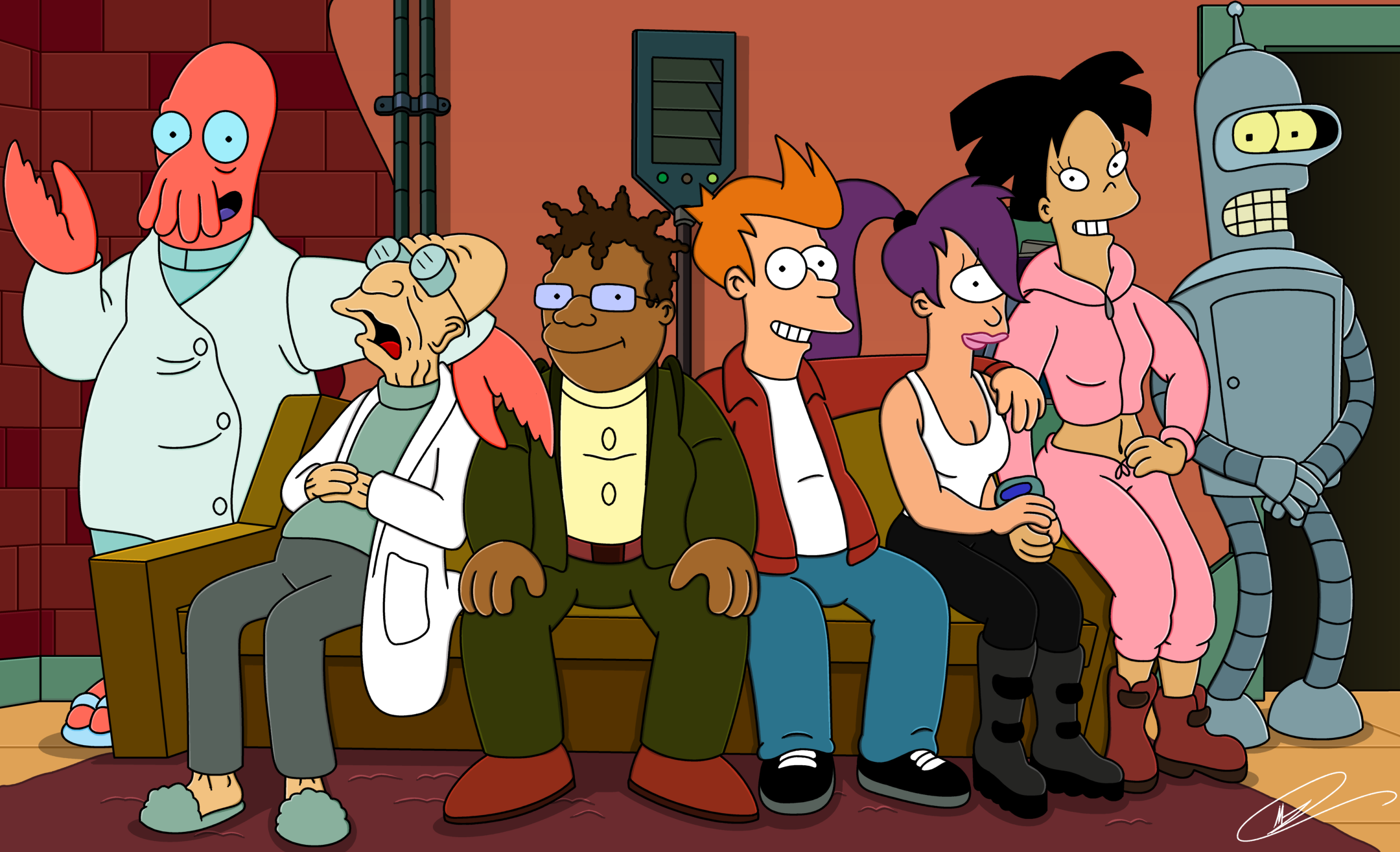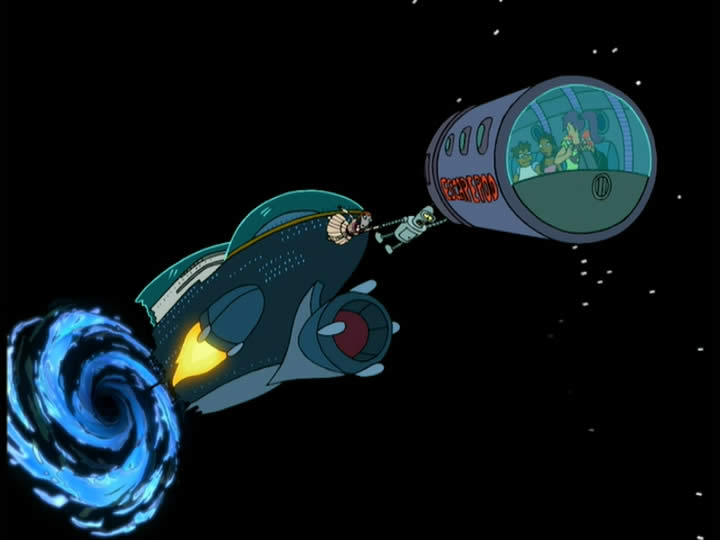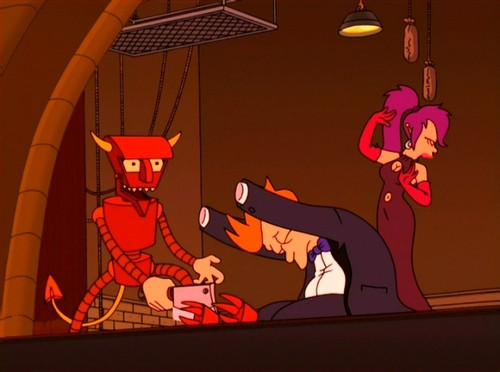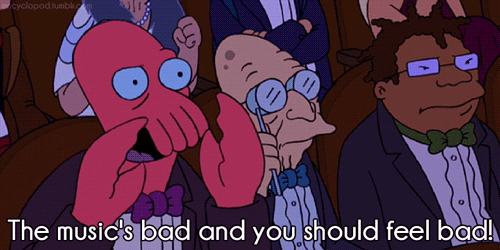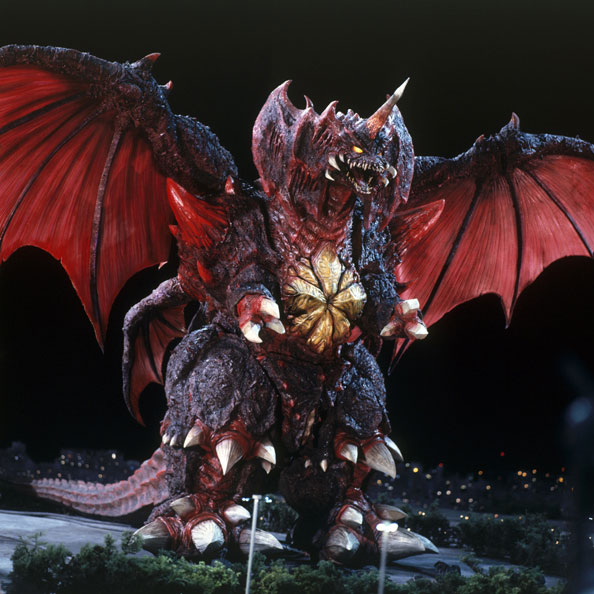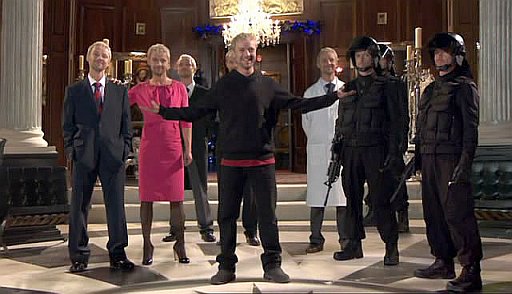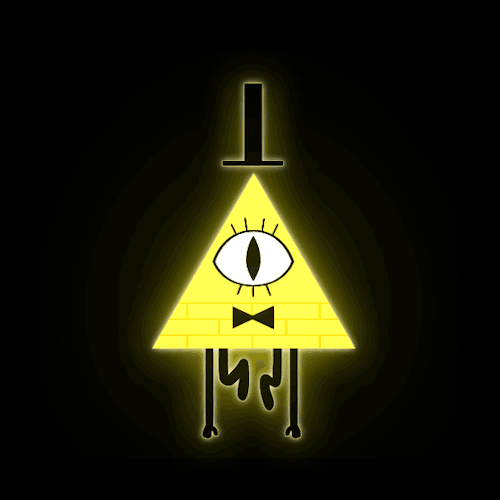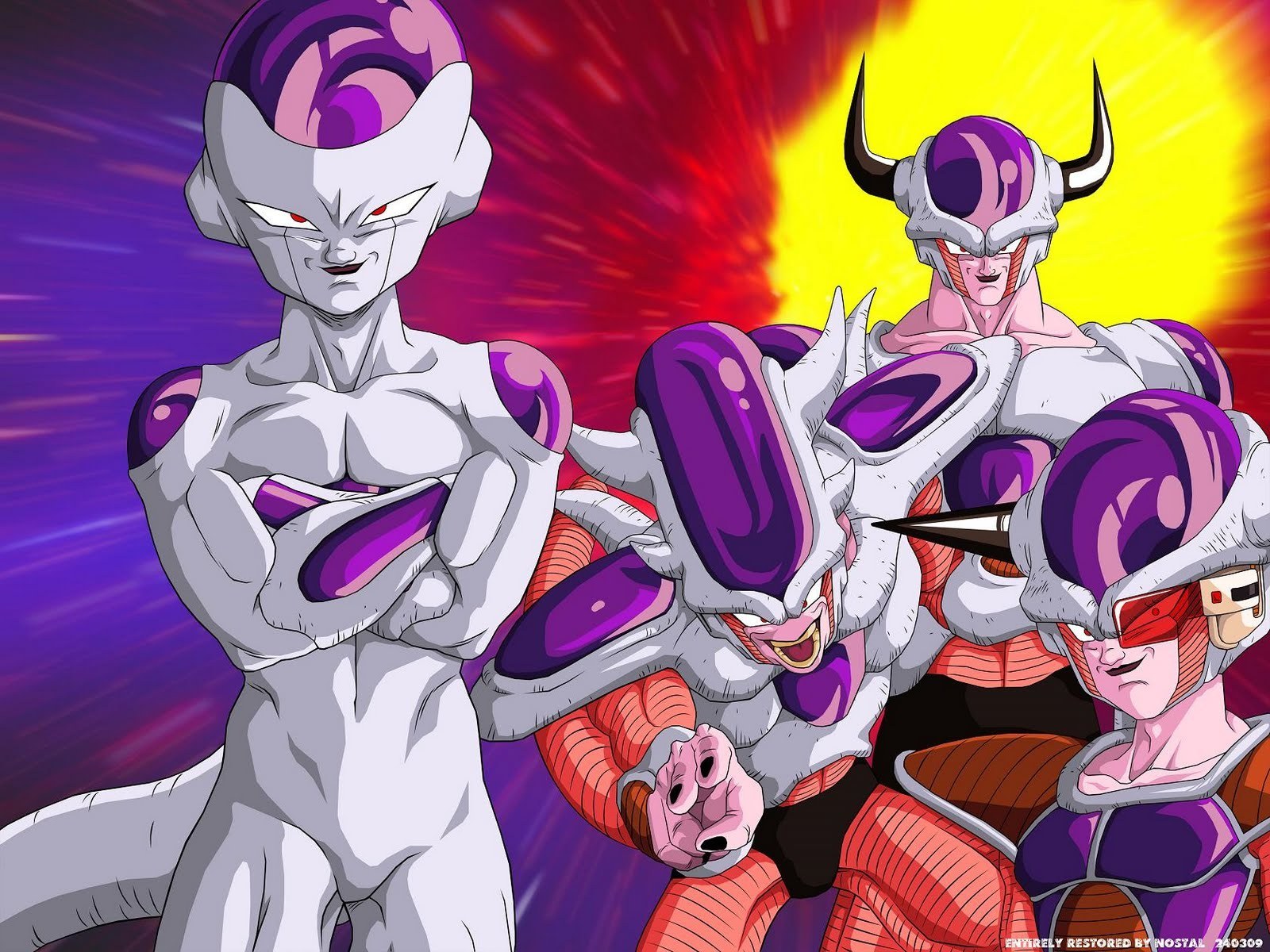After what I felt was an exciting and acceptable first season, the new Spider-Man animated series began its second season back in June and just recently wrapped up the first half. As I've done before, its time to look at this new batch of episodes to see what worked and what didn't.
The season opener is a unique one, with five short stories connected by the plot thread of Peter trying to enjoy his summer vacation. A day at the beach, a baseball game, a concert, and a camping trip all get interrupted by supervillains and him having to suit up as Spider-Man to stop him. It's not a bad experiment, as most modern superhero cartoons tend to have full 20 minute stories. The last story though is more about Peter trying to find a new job to help pay for school, as his assistant job from the previous year is only for freshman. This leads to Peter finding out about the Daily Bugle looking for usable footage of Spider-Man.
As opposed to the photographer he was for years, this version of the character sets up a video drone to record his battles as Spider-Man. It's not a bad modernization to this aspect of the character, especially since we've already seen this slightly in the MCU with Peter recording his trip to Berlin during the events of "Civil War". Plus, it's certainly more interesting than being the Bugle's web designer in the Ultimate comics.
And since we have the Daily Bugle, that means one thing: J. Jonah Jameson! While Jameson was in the previous "Ultimate Spider-Man" show, he really had no depth. He hated Spider-Man for apparently no reason, the two never met, and in one episode where Harry Osborn had the symbiote and operated as a black suited Spider-Man, Jameson for some reason gave this Spider-Man praise. Like many things about Ultimate, that made no sense. Here though, it's classic J. Jonah Jameson. He makes it clear that he doesn't like Spider-Man, not trusting a masked hero compared to the Avengers. At first I thought JK Simmons was once again playing the character, but it turned out to be voice actor Bob Joles, though he does a very good impression of Simmons like Daran Norris did back in "Spectacular".
The second episode of the season sees Otto Octavius, after becoming Doctor Octopus in the previous season, claiming that he's reformed his ways and requesting to be reinstated as a teacher at Horizon High. After the expected distrust, Otto's able to prove himself by giving insight on the school's Neuro-Cortex project and saving it from being stolen by a group of mercenaries called the Wild Pack, earning back his position and the school's trust. Now, anyone who knows anything about Doc Ock should expect it all to be an act and set things in motion to make himself look good. Thankfully this isn't a farce that's played out for long, as he reveals his villainous intentions the very next episode. Ock's plan all along was to take the Neuro-Cortex for himself to amplify his mind. After strapping Miles, Gwen, and Anya into a machine to charge the cortex with their brain powers, it allows him to remove the robotic arms fused to his body and gives him telekinetic abilities, much similar to the Ultimate comics version of the character.
It's worth mentioning that this episode also introduces Carolyn Trainor, the female Doctor Octopus who debuted in the comics in the 90's (also known as Lady Octopus). I love how this show gives some attention to the more obscure characters of the Spider-Man mythos. Much like the comics, she idolizes Ock, but unlike them, Ock takes advantage of Carolyn by having her (with her own robotic arms) to keep Spider-Man distracted while he completed his project. Now this is definitely in line with Ock's character on the show, considering he had his mind controlled Sinister Six last season. He uses people, and he even boasts about it when Carolyn learns the truth.
After being able to reach Miles, Anya, and Gwen and tell them to fight back against Ock mentally, Spider-Man and Caroyln are able to defeat Ock physically. This leads to the machine shutting down and Ock is left in a coma, but there's a hint that his mind is still alive when the light turns on in one of the tentacles. More on that later though.
As I was hoping for from before, this season also introduces Eddie Brock. He's established as another Bugle videographer also trying to get Spider-Man footage. I was a little worried how he was going to be handled in this series though, as for quite awhile, he had no lines of dialogue, though he shows clear disdain for Peter as Jameson praises him for his work. The build-up was worth it though when Eddie finally bonds with the symbiote, becoming the new (and true) Venom. Unlike with Flash last season though, the symbiote shares its knowledge of Peter with Eddie, considering their mutual hatred. This leads to Eddie showing up in Peter's bedroom in a really creep scene, and he hadn't even revealed he had the symbiote yet. Though to be fair, having a co-worker almost twice your age show up in your bedroom is bad enough to begin with (and let's keep in mind Peter's probably 16 at this point). He states how jealous he is at all that Peter has with his friends and family, and feeling threatened since Eddie's job is all he has. Eddie then transforms into Venom and after a fight with both Peter and Miles, he goes off to capture Jameson, Gwen, Max Modell, and Aunt May, webbing them to the roof of Horizon. Much like his sudden appearance in Peter's bedroom, there's a real horror aspect to Eddie's actions, especially in his kidnappings of the Gwen, Max, and May. Peter's able to rescue all but Jameson before Venom stops him, and even takes off Peter's mask in front of Jameson after the other three get to safety. While this would have been a major status quo shift, Miles enters the scene in a spare Spider-Man costume of Peter's, claiming Peter was acting as decoy while he, as the "real" Spider-Man, worked on a way to stop Venom. They're able to defeat Venom by blasting him with an intense sonic device that would separate Eddie from the symbiote and leave it catatonic. However, before the process is complete, Eddie grabs on to the pieces of the symbiote, stating "I'm nothing without you." The symbiote rebonds with Eddie before the two enter a coma. While it's not as poetic as Eddie's line from "Spectacular" ("It only loves me for the hate"), I really liked Eddie's line here as it says a lot about the tragedy of his character. My point is that I quite enjoyed how this version of Venom was handled, making Eddie look just as angry and dangerous as the symbiote.
One unique aspect in this version of the character is that they give both Eddie and the symbiote their own personalities. While that is kind of a cool thing to do, this however leads to my only gripe, in that they weren't really consistent. The symbiote has its own grudges and recounts how it had been experimented on, but considering that Eddie is covered in the suit most of the time, it isn't always clear which one is talking. Traditionally, Eddie as Venom typically uses "We" instead of "I" in his speech pattern, making it clear the idea of Venom was a partnership between the two entities. Here, the two pronouns are practically interchangeable, and saying "We are Venom" every so often isn't enough in my opinion.
One consequence of this arc though is that Jameson fires Peter, feeling he put people in danger by working with Spider-Man. At this point, Peter is still unemployed. If we're going by other versions of Spider-Man though, Peter's been fired multiple times by Jameson and usually comes back. Though considering the liberties this show does take with the mythos, I'm not sure if this will happen or not, but I'm hoping so.
The next story arc is the four part "Bring on the Bad Guys", where a mysterious benefactor puts a bounty on Spider-Man's head, leading him to be attacked by a barrage of supervillains. Honestly, I feel this was mostly an excuse to introduce more obscure villains from the Spider-Man mythos, including Overdrive, Spot, Prowler, and Silvermane. There's also Mysterio, but I hardly count him as obscure. And much like the season opener, these are shorter stories, usually giving one villain half the episode to try and defeat Spider-Man.
It's during this arc that one of my theories from last season proved true: Anya retained her spider-powers from the Spider-Island arc. While she does have a costume and uses the Spider-Girl codename, she doesn't want to be a full-time superhero. I can respect that, but much like we've seen from Gohan in the Dragon Ball franchise, it's best to keep your powers at peak condition in case the need arises. Gwen is the only one who knows at first, and Miles learns later. It's at this point where I really wish everyone in Peter's friend group just knew each other's identities. There's no real reason for them not to, considering how much they help each other in and out of costume. It'd be much like the Arrow and Flash TV series where they have a network of allies to work with.
This arc unfortunately brings a real low point to the series with the use of the villain Jack O'Lantern. They make this version obsessed with Halloween, making constant unbearable puns that make me long for Arnold Schwarzenegger's version of Mr. Freeze. He even had a gun that shoots candy corn. A candy corn gun. Repeating that doesn't make it less stupid. Jack also apparently got itching powder into Peter's costume, forcing him to strip down to his mask, gloves, socks, and underwear. I mean, why was there need to do this? Does anyone really want to see teenage Spidey in his underwear? My point is, I feel like this was an idea someone had left over from "Ultimate" and wanted to throw it in.
This four-parter also introduces the latest version of Electro from the comics, Francine Frye. I probably wouldn't have felt the need to talk about this segment, but when I watched a clip of this episode before it aired, there were a good chunk of comments complaining how they "gender-bent" the character, comparing it to introducing Carolyn Trainor this season and Sandman's daughter Kemia last season. I know not a lot of people are privy to comics, but all three of these characters are sourced from them. There's no need for this "outrage" when a quick look on Wikipedia can see there's precedence. I'll give them a little leeway since they didn't use the original version in Max Dillon, compared to having Flint Marko and Otto Octavius present, but this is another instance where the show wanted to do its own thing. Honestly, the Electro story they did would have worked whether they used Max or Francine.
Spider-Man finally encounters Chameleon, the benefactor behind the bounty. This version is voiced by Patton Oswalt, who coincidentally also provides Uncle Ben's voice in flashback scenes on the show. Because of that, it gives me the feeling that Uncle Ben is behind Chameleon's holomask, despite how ludicrous that idea that sounds. I mean, there's no real difference in the inflection in his voice between the two roles. He attempts to frame Spider-Man for robbing a bank, and then leads Spidey on chase through the streets, constantly changing his appearance. It ends up with the two running into J. Jonah Jameson and Chameleon changes his appearance to match. Not wanting to put up with two Jamesons, Spidey punches one immediately, thankfully knocking out the Chameleon. When asked how he knew which one was fake, Spidey says he guessed. It's a hilarious moment coupled with Jameson's outrage at the comment, but I'm pretty sure Peter's spider-sense clued him in. But as Chameleon's placed in prison, he's contacted by his employer, the TRUE benefactor behind the bounty.
This leads to the two-part mid-season finale, where we learn Doctor Octopus is the mastermind behind the bounty. After being defeated earlier in the season, Ock's mind was left in the Neuro-Cortex, that not only allowed him access to cyberspace to contact the villains to announce the bounty, but give the students at Horizon designs to build a robot body for the Neuro-Cortex called the Living Brain. While a lot of this is lifted straight from the comics, I'd like to think that first time viewers lacking the knowledge of the source material will get a real shock when Ock reveals himself. Even I get a bit of a kick out of hearing Ock elaborate his long-term plan.
Now between being attacked by villains wanting to collect on the bounty and having school projects to work on, Peter has been placed through the wringer, constantly tired with his spider powers in flux. This has been Ock's plan all along to tire out Spider-Man so he could achieve his endgame: to transfer his own consciousness to Spider-Man's body. Now, an animated adaptation of the Superior Spider-Man story arc has been something I've been wanting even while "Ultimate" was still going. But watching this, part of me was still kind of hoping Peter would stop Ock from doing so. Much like Amazing Spider-Man #700 where that storyline began though, Ock succeeds in taking Peter's body, leaving Peter's mind in the Neuro-Cortex. I guess what makes me feel uneasy about this version is that we don't really have any inclination of Ock wanting to use Peter's powers for heroic reasons. There is some indication though that like in the comics, Ock will have Peter's memories to go off of, allowing him to assume Peter's life flawlessly, and also most likely influence Ock's behavior to act altruistically.
It's worth mentioning that mostly due to Jameson, public perception of Spider-Man has been mixed this season. Some people still like him, some see him as a menace, and some want him arrested. This leads to Spidey making an uneasy alliance with police chief Yuri Watanabe. Now with Ock in control, how his actions as Spider-Man will impact his perceptions and partnerships will be interesting to see, not to mention how he'll affect Peter's life as well.
If I had to guess where the rest of the season will go, I'm thinking that much like the comics, Norman Osborn will return and lay siege to the city, forcing Otto to give Peter back control of his body to save everyone. Until then, there's a lot of room to work with and what they can do with this storyline. The Superior Spider-Man is one of my favorite comic runs of the character, and I hope they do it justice.
Also, Ock better use one or both of his costumes. (I suddenly feel the need to reread the series before the show comes back.)



